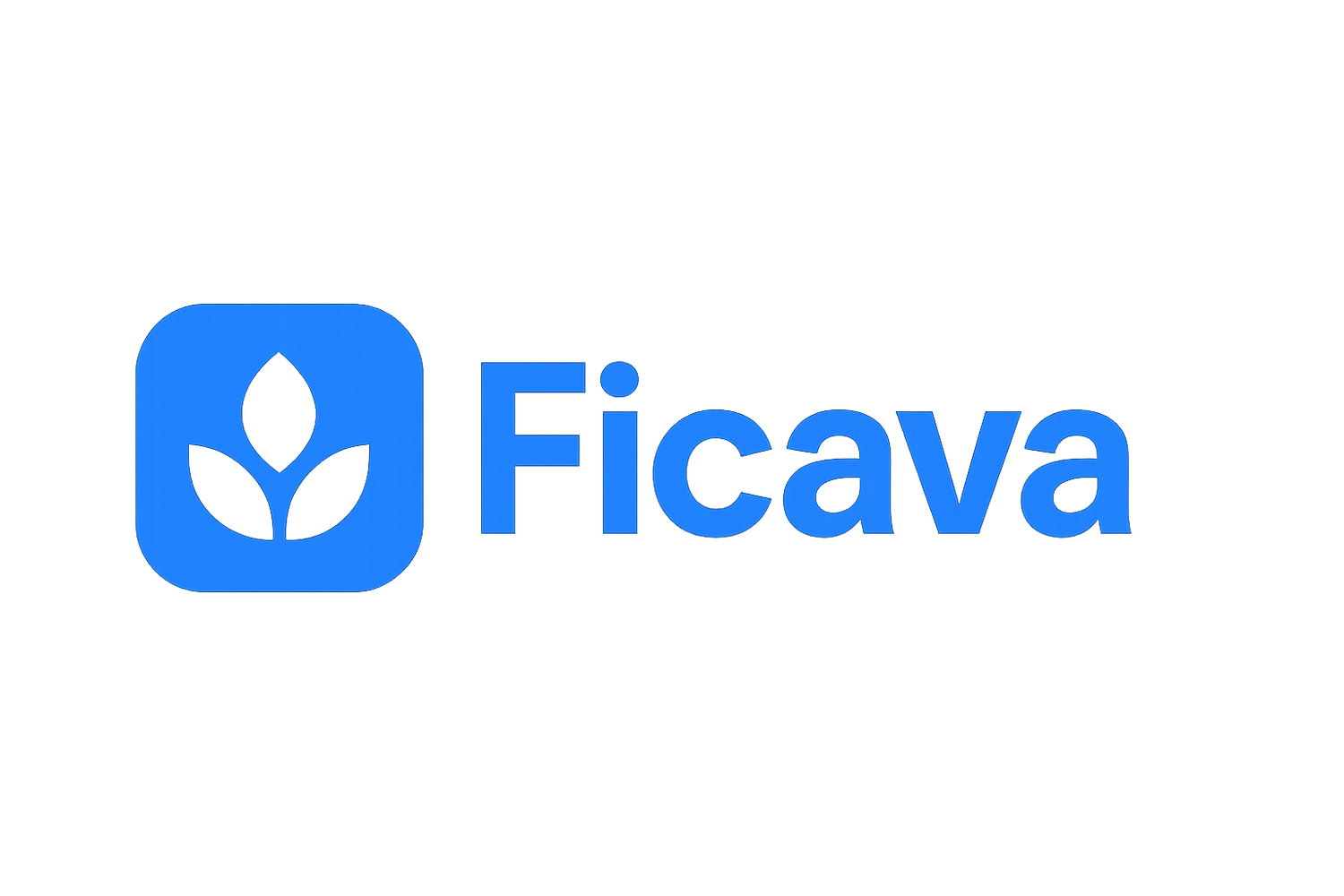What’s the Catch? 5 Common Misconceptions About Pre-Tax Wellness Plans
Pre-tax wellness benefit programs can sound too good to be true: employers save thousands in payroll taxes, employees get valuable health services, and no one’s paycheck is reduced. So what’s the catch?
At Ficava, we hear this question all the time—from CFOs, HR leaders, and even brokers. The truth is, the benefits are real—but like any legitimate tax-advantaged program, they come with structure and compliance. Here are the 5 most common misconceptions about these programs—and what you actually need to know.
Misconception 1: “It sounds like a tax loophole. Is this even legal?”
The truth: Pre-tax wellness benefit programs like PCMPs are built entirely on IRS regulations, including Section 125, Section 105(b), and Section 213(d). The plan is structured as a self-insured medical expense reimbursement plan, which is explicitly allowed under federal tax law.
Employers fund the benefit using FICA tax savings, and employees are reimbursed for participation, making it compliant and cost-neutral.
Misconception 2: “Our employees won’t want this if it reduces their pay.”
The truth: It doesn’t reduce employee take-home pay. The program uses a pre-tax deduction and a post-tax reimbursement, making it effectively a net-zero impact on the employee’s paycheck.
What they do get is access to preventive health services like telehealth, prescriptions, wellness coaching, and more—with no cost to them.
Misconception 3: “It must be complicated to set up.”
The truth: Ficava’s partners handle everything from start to finish—including plan setup, employee onboarding, payroll integration, compliance, and even driving employee participation.
The system integrates with 200+ payroll providers, and most employers are up and running in less than two weeks.
Misconception 4: “I can’t risk an audit.”
The truth: These programs are built for compliance. The plan documents, reporting, and reimbursement process are all aligned with IRS and ACA guidelines.
Employers receive all required documentation and compliance support from Ficava’s vetted partner network. In fact, PCMPs can help employers avoid ACA penalties by enhancing minimum essential coverage access.
Misconception 5: “It’s probably only worth it for big companies.”
The truth: If your client (or business) has 10 or more W-2 employees, the savings can be meaningful. At an average of $600 in FICA tax savings per employee per year, even a 25-person business could save $15,000 annually—with no net cost.
And because it’s fully managed, even lean HR teams can implement it without extra burden.
Still Think There’s a Catch?
We get it—any program that promises tax savings and better benefits with no net cost deserves scrutiny. But once you understand the structure, compliance, and outcomes, it becomes clear: this is one of the most overlooked opportunities in employee benefits today.
Ready to see if your business (or client) qualifies?
Let’s have a call and get all your questions answered!
